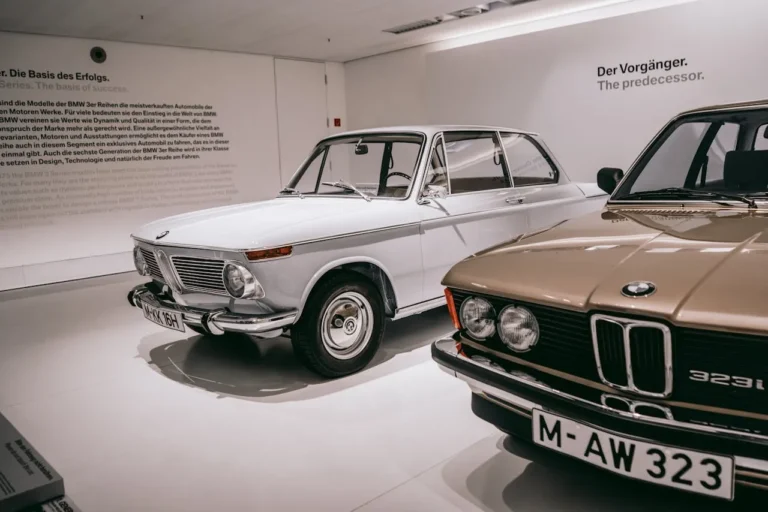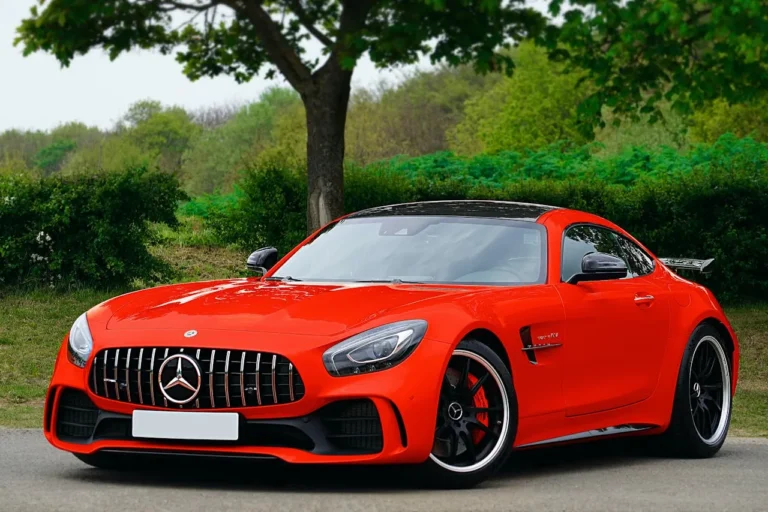
Arthur D. Little has published the 2024 edition of its Future of Automotive Mobility study, which examines key trends and challenges in the global automotive market. Drawing from primary research with over 16,000 consumers across 25 countries, the report reveals that the anticipated shift towards a connected, autonomous, shared, and electric (CASE) mobility landscape remains unrealized.
Although vehicles are becoming more connected, consumers express a preference for assisted driving rather than full autonomy due to safety concerns. Additionally, car ownership is on the rise, with individuals favoring personal journeys over shared options. The shift toward electric mobility is gaining momentum, yet there is a notable focus on hybrid vehicles rather than a direct transition to battery electric vehicles (BEVs). Alarmingly, 44% of current internal combustion engine (ICE) drivers globally intend to purchase another ICE vehicle, with this figure climbing to 65% in the United States.
The study, originally launched in 2015, highlights a widening gap between mature automotive markets—such as Northeast Asia, North America, and Europe—which are nearing peak motorization, and emerging markets like China, India, Southeast Asia, and the Middle East.
In mature markets, consumers show less enthusiasm for new digital and autonomous innovations, while in growing markets, the importance of car ownership is increasing, and consumers are more receptive to innovation in products and services. The trend toward electrification varies: while mature markets (excluding the U.S.) are swiftly adopting EVs, growing markets are slower to embrace this change, with China leading the way.
Richard Parkin, Partner in the Automotive and Growth Practices at ADL, stated, “Our research indicates that the straightforward narrative of unidirectional progress towards a CASE world is no longer tenable as both producers and consumers reevaluate costs and benefits. We are witnessing a growing divergence between the mature markets of the U.S., Europe, and North Asia, which are at peak motorization, and the more dynamic, price-sensitive markets in the rest of Asia and the Middle East. To succeed, automotive OEMs must navigate several challenges: convincing drivers to switch to EVs, addressing regulatory and geopolitical issues, and contending with new disruptors, such as Chinese EV manufacturers, all while enhancing digitalization.”
The study addresses five key topics: car ownership profiles, adoption of new mobility services, autonomous driving, alternative drivetrains (including EVs), and the influence of digital tools on sales models. Key findings include:
- Limited De-motorization: De-motorization is primarily an urban phenomenon. For instance, 76% of residents in European cities with populations over 5 million (which boast robust public transport systems) are willing to give up their cars; however, overall global car ownership continues to grow.
- New Mobility Services Usage: Less than 50% of consumers have engaged with new mobility services like ride-sharing and car-sharing. Ride-hailing services, essentially taxis with digital interfaces, are popular across all regions.
- Concerns About Autonomous Driving: Nearly two-thirds (65%) of consumers cite safety risks from machine errors as their primary concern regarding autonomous driving, with trust levels remaining largely unchanged over the past five years.
- Future Powertrains: Hybrid and plug-in hybrid vehicles are expected to play a crucial role in future mobility, with 34% of global consumers planning to purchase hybrids, the same proportion as those considering ICE vehicles, compared to 26% for pure BEVs.
- Importance of Physical Dealerships: The physical dealership channel remains significant, as over three-quarters (77%) of global consumers emphasize personal consultation during the car-buying process as a key driver of satisfaction. This reliance on personal interaction limits the potential for complete digitalization, although 53% of consumers in the Middle East are open to finalizing purchases online.







